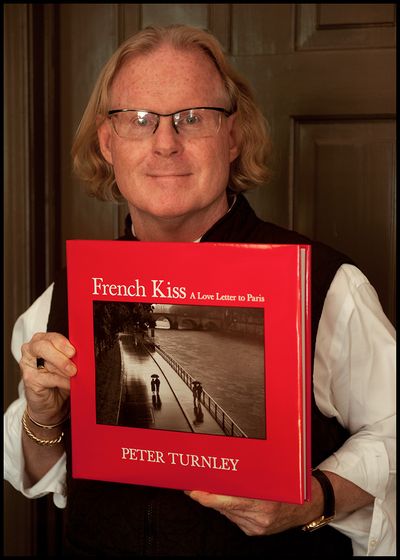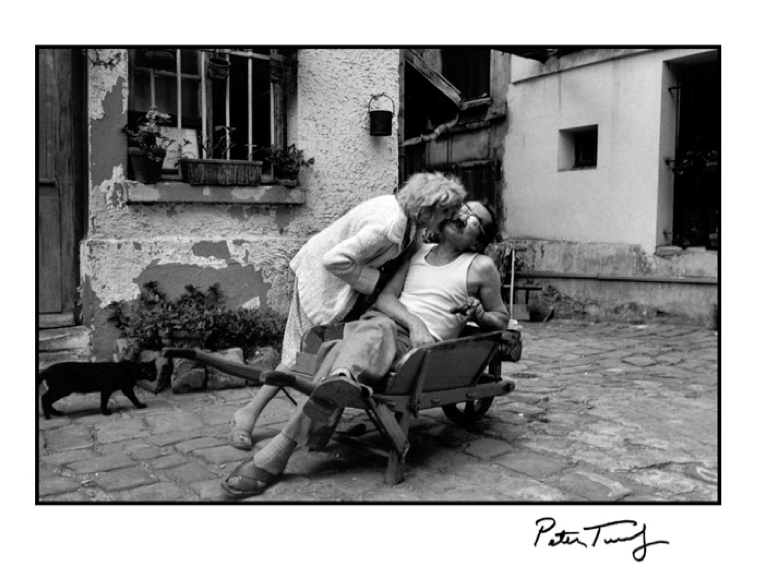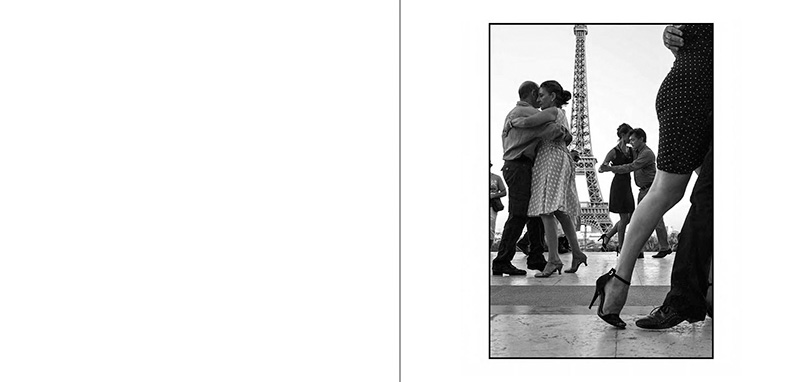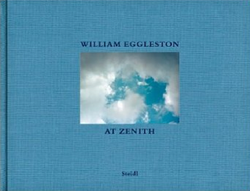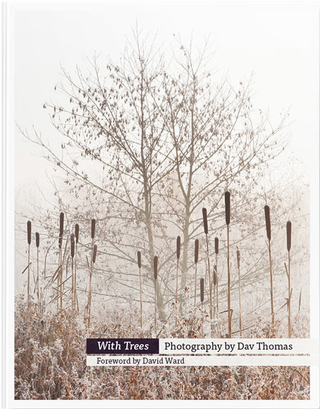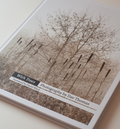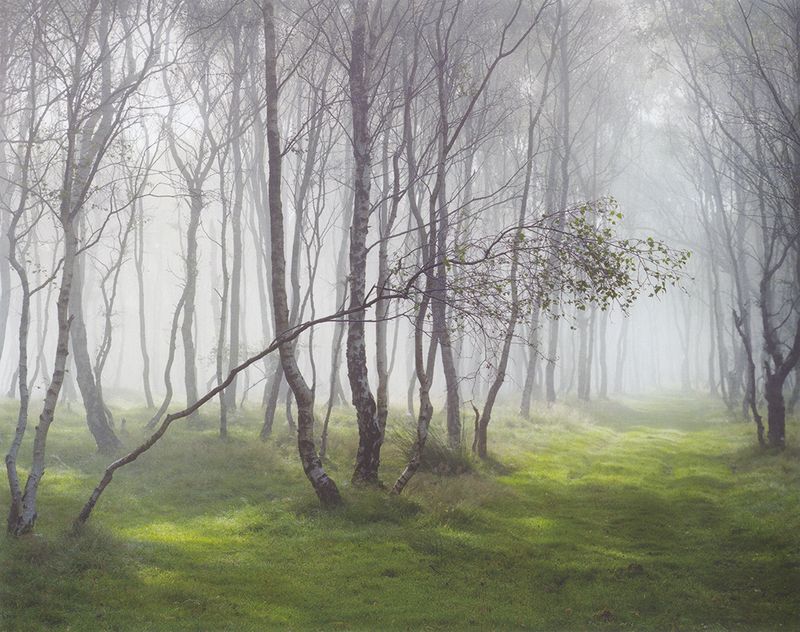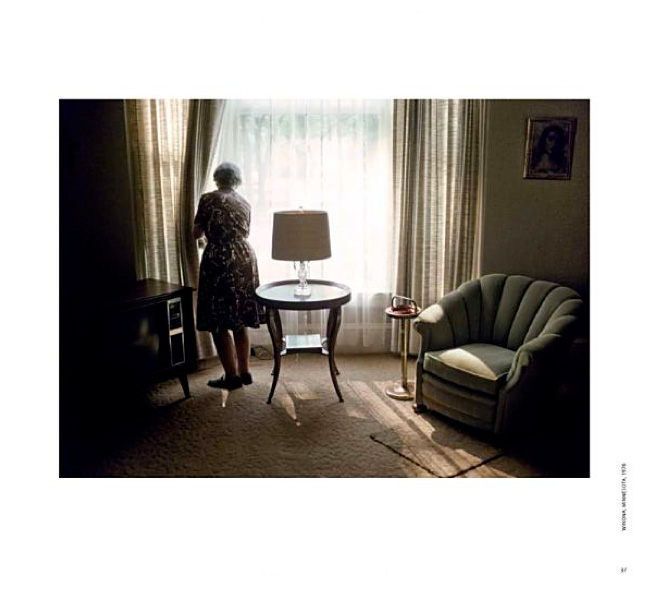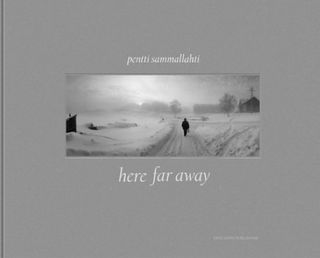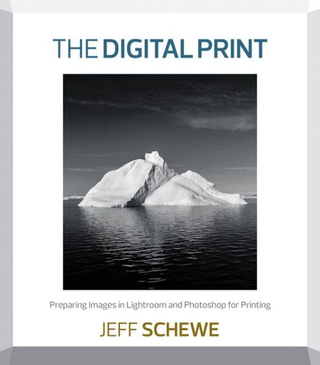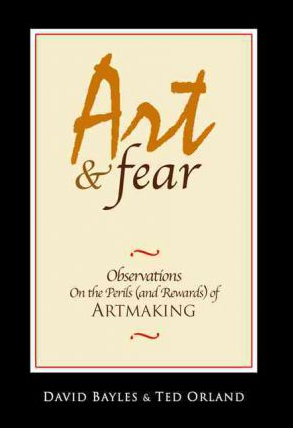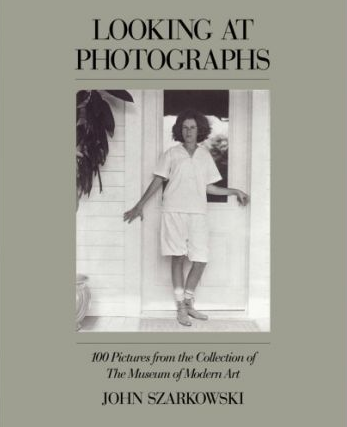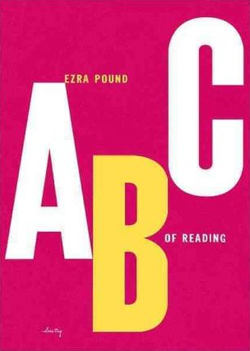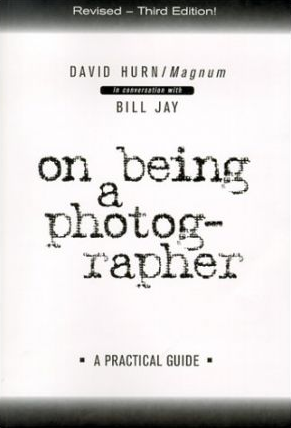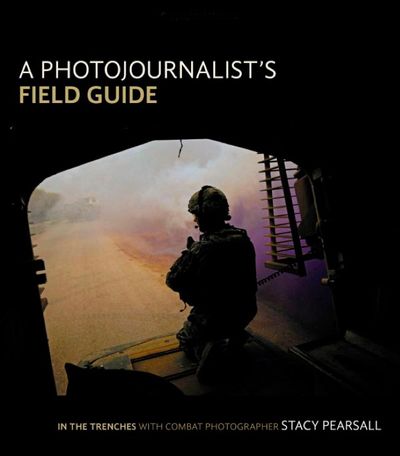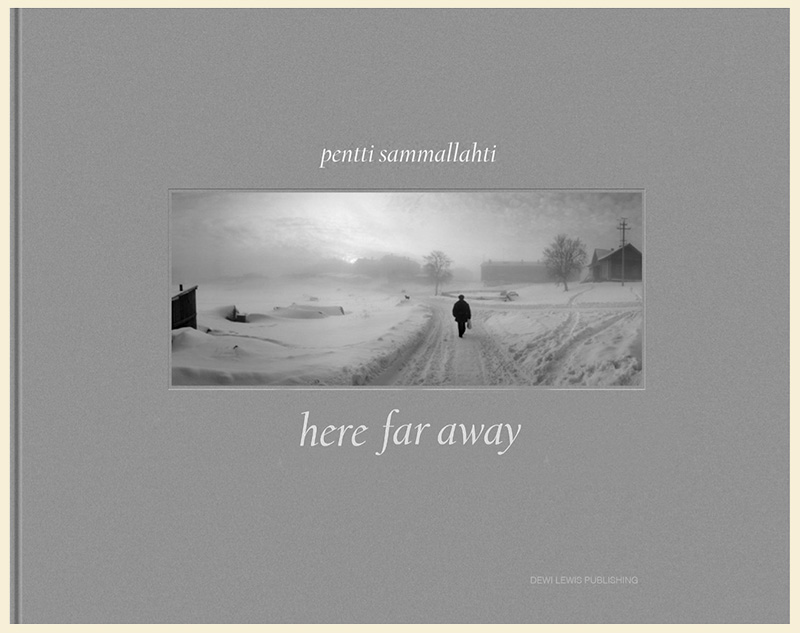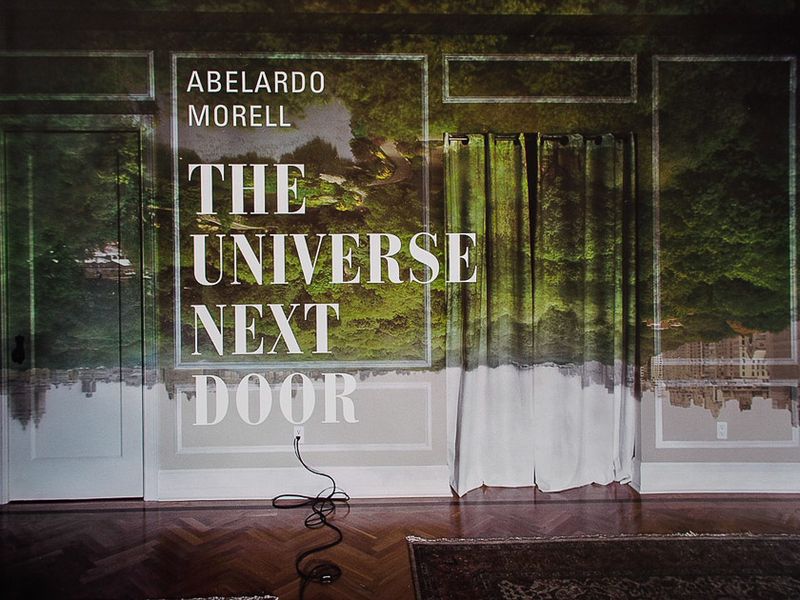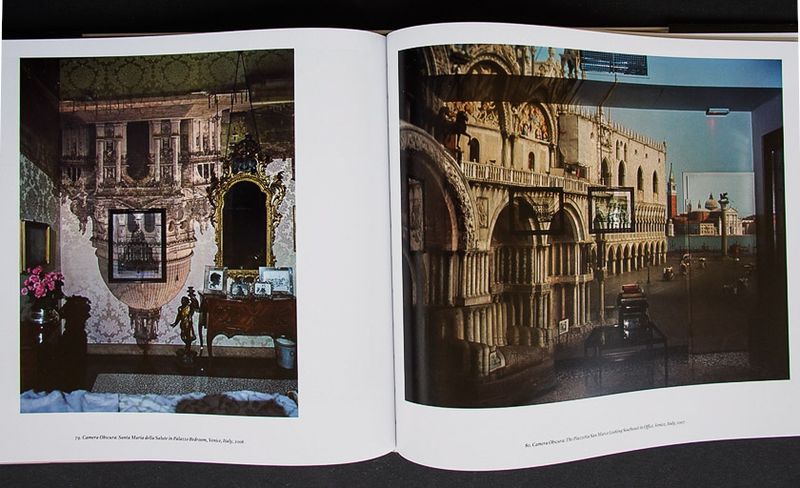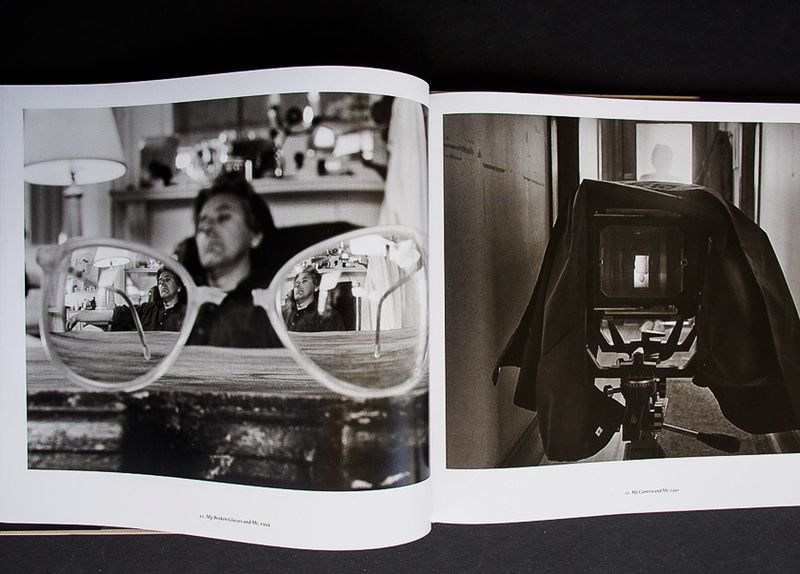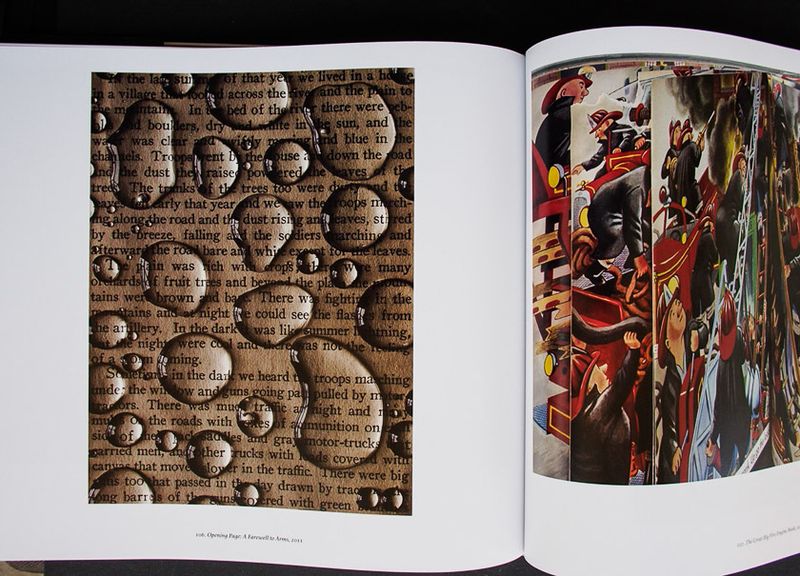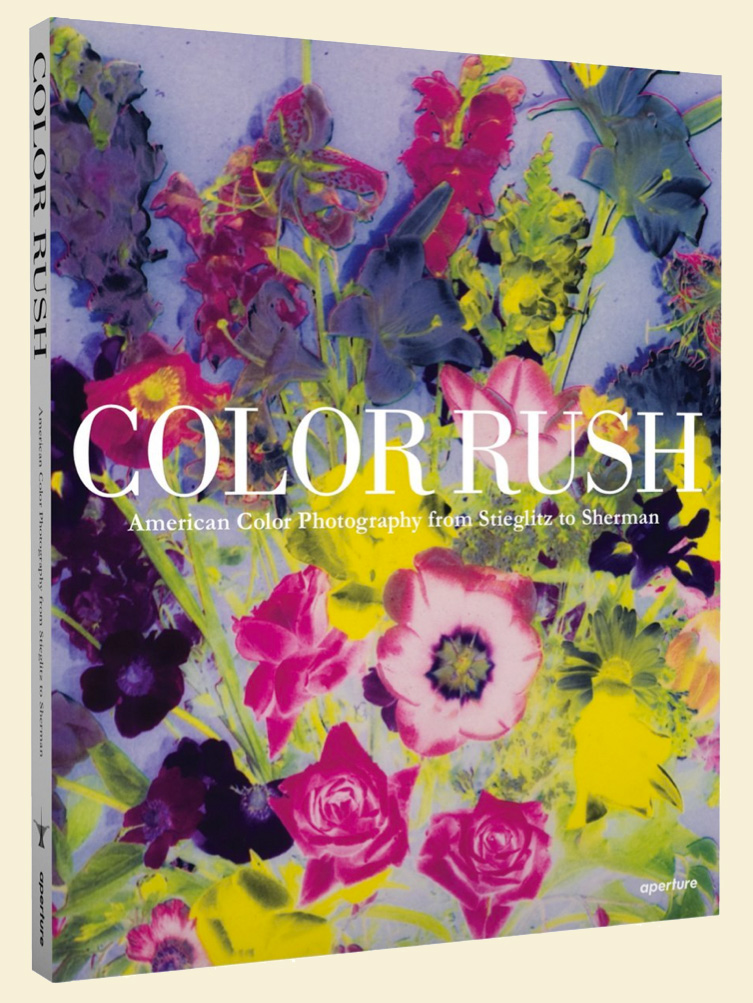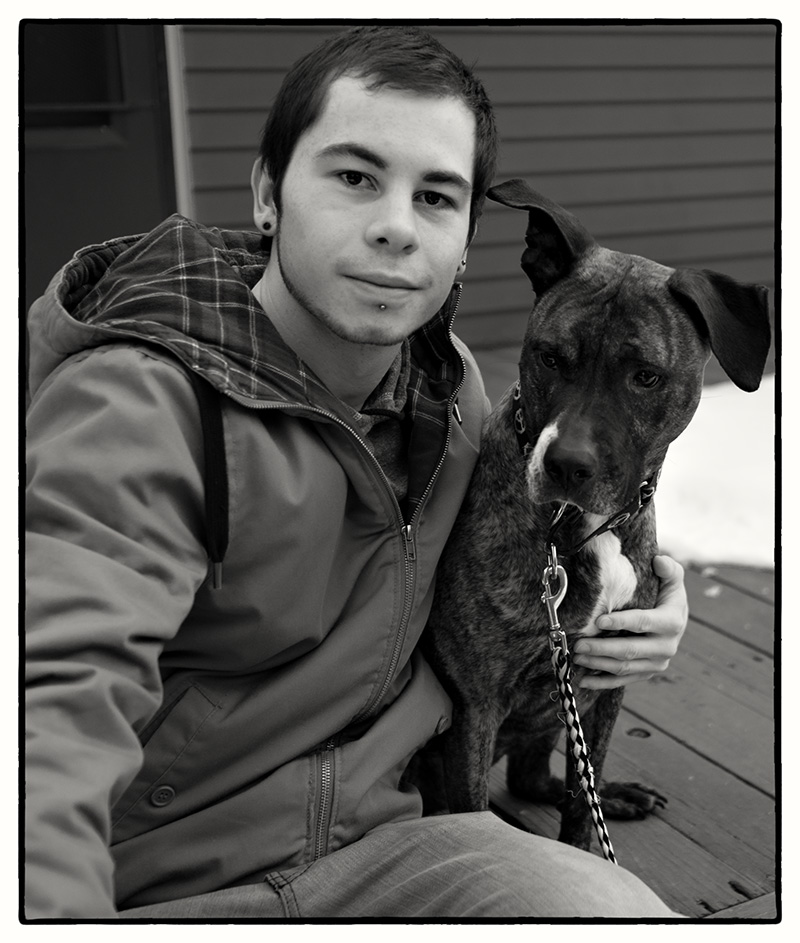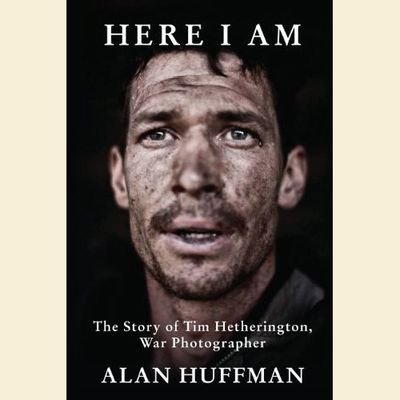As I said before (but should say again), I'm hardly objective about this whole project. I've been talking to Peter about it since he first got the idea for it, I've kibitzed on the various edits as the book evolved, and Peter is kindly giving me a spiff for helping to publicize it. All of which you need to know up front.
So now back to this idea of "home base" I mentioned yesterday, which most readers seemed to really get. I've long been aware that I come to photographs with two hats on. One is my editor's/critic's hat. In that frame of mind you have to be open to all sorts of work, and take creators of art at their work and on their own terms. And then there's my personal hat, where I get to bring my own taste to the forefront.
That's where I find my own home base, which has long been what I used to call "Photo 101 Style"—35mm B&W photographs of "found life," printed full frame—a style popularized by Henri Cartier-Bresson and adopted by innumerable other photographers as their own over many years. It's just what I love best. It's home, for me. And it's what I do myself. I have very little of my work in that style digitized, but there certainly are a lot of boxes of it in the house.
So Peter Turnley's Paris work—black and white, mostly 35mm photographs of "found life" in the world's most celebrated city—hits me right where I live. This is the kind of work I do myself, or try to. It's the style and technique of photography that I work in, and of all the myriad kinds of photography out there it's the one that appeals to me most naturally and most strongly.
Still and all—I got my copy last Friday, and I have to say I couldn't be more pleased with the way the book turned out.
The book is a very nice size—in fact, its dimensions are very close to the "ideal size" I chose for TOP's books, although it's thicker. Big enough to let the pictures "breathe," but not so big that the book is hard to hold in your hands. The unmarked, matching-color slipcase is beautifully made, and the book in its slipcase makes a crisp and tidy presentation.
The book has very little text, and lots and lots of photographs—138, which means the book is best taken in over several viewing sessions—138 pictures is a lot to look at in one go.
The pictures are laid out one to a page, on facing pages, with none running across the gutter. The presentation is ideally respectful of the viewer's desire to primarily simply see the photographs.
The reproduction is very nice. I neglected to confirm if they have been spot-varnished, but it looks that way. The reproductions aren't exact replicas of Peter's originals (which tend to be much larger anyway), but they are very close in feel to the originals. A full, rich, vivid range of tones.
Many of the pictures in the book are literally of people kissing. Almost everyone is happy, and the feeling-tone, overwhelmingly, is of affection and companionability.
I like the fact that there are a few gay couples included—the spirit of the book seems generous and inclusive. A few pictures bespeak friendship more than love: there are a few children, a man and his dog—even two dogs "kissing"!—and a few old couples. Like this one (I own a print of this, and it's a personal favorite):
Oddly, I have only one problem with the book—and it's completely peculiar to me personally—it's just that I haven't been in a particularly romantic state of mind, or place in my life, in recent years. It's a very romantic book—a romantic view of Paris, a romantic view of love—and I imagine it would resonate strongly with anyone who is close to that state of being at present. But the key word there is "imagine"!
But that's just me, now. Anyone who is flush with romantic feeling should respond to these pictures with great sympathy. You'll have to let me know if you do.
The book was designed from the start to be suitable as a gift book, and it would be perfect for that. Peter actually wanted to print enough copies to last through Valentine's Day. A word about that, though: as you might have seen, the book was featured on the New York Times' Lens blog last week, and it's been selling briskly. Although there are 3,000 copies in the press run, sometime today (Tuesday) the number sold will shoot past 1,000. And it's only been out for a little longer than a week. So of course I'm already getting a little nervous—I don't think it's going to last past Christmas, if it lasts until Christmas. So, yeah, it would make a great Valentine's Day gift, but you'll have to lay in an order before a lot more time has passed. Word to the wise. You know how it is.
If there's a second edition, it probably won't have the slipcase (or be signed—all the first editions are signed). But might be a little less expensive. But there might not be a second edition.
Two more fun little details about this book: Peter thinks that a) almost all the pictures, with maybe just one or two exceptions, were taken with Leicas; and b) he thinks that every single generation of Leica rangefinder camera is represented, from the M3 and M4 to the M9 and M Monochrom. So there's that for Leicaphile interest.
Peter, his assistant James, and all the people he hired to help with the production of the book get all the credit for everything turning out so well. But I am going to take credit for one little thing—the regular everyday price for the book was slated to be $85, but I talked Peter into offering it for $69 during the first "pre-order" month—this month, October. That was me. For you. When the book starts to ship in November I think the price will go back to what it was supposed to be originally. So for now it's a better deal. You're welcome. :-)
Here's the link to the order page.
It depends what's "home" for you, but I can't see how anyone wouldn't like French Kiss. And if you don't, you can always give it to someone you have a crush on—who knows? Could work. You know what they say about Paris and love.
Mike
Original contents copyright 2013 by Michael C. Johnston and/or the bylined author. All Rights Reserved. Links in this post may be to our affiliates; sales through affiliate links may benefit this site.
(To see all the comments, click on the "Comments" link below.)
Featured Comments from:
Ed Hawco: "I have a print of the geezer in the wheelbarrow too. I'd love to know the story behind it."
Peter Turnley replies: In 1984 I was invited to participate in a one-year group project documenting the life of one street in Paris, la rue de Lappe. It's a famous street next to the Bastille where there have been traditional dance halls renowned for great music where people like Edith Piaf sang. It was a street that was at that time still very working-class and not yet gentrified, with many bars, restaurants, dance halls, and residential apartment buildings.
The group of photographers that participated in photographing the life of the street that year included William Klein and several other outstanding French photographers, and it was an honor to be part of this group. One day I walked into the courtyard of an apartment building, and as I recall, simply came across this couple, the concierges of the building, kissing, as the husband of the couple sat in a wheelbarrow.
The concierges all lived on the ground floors of buildings in Paris. They were a very important part of the social fabric and history of a street like this. They were often the very salt of the earth—warm hearted souls with lots of stories to share.
Bob Smith: "'It's a very romantic book—a romantic view of Paris, a romantic view of love—and I imagine it would resonate strongly with anyone who is close to that state of being...' Well that did it. I'm more in love with my wife 25 later than on the day we married. I ordered a copy the day you posted about French Kiss, but I'm ordering another one to give her for Christmas to keep at her office (Liz can't stand Valentine's Day...too commercially forced on us in her opinion)."

